Becoming Activist Medical Shoppers
Americans love to shop, and we’re quite good at it. We research, we read, we consult, we buy. We are educated shoppers too, because information, mostly online, is right at our fingertips. When we buy a car, we know what the dealership paid for it, what other buyers in the area paid for similar cars, reliability ratings, and what brand of stereo it includes before ever walking into the dealership, so of course we know exactly what we should pay for that car. Why then are we such poor shoppers for our own medical care? Perhaps we aren’t entirely to blame. Given the current structure of our healthcare system, shopping, researching and buying is much more difficult.
Even the savvier researchers will tell you that it’s hard to make the connection between what medical facilities charge for a service, what exactly their insurance carrier covers and how much they will owe upon walking out the door. I’m speaking particularly about those with deductibles, which are getting higher and higher, and those with coinsurance, where the patient pays a percentage of the total medical cost. If you have a gold star insurance plan with no deductible, a small co-pay and paid 100% by your employer, you can stop reading and go back to researching your next car. For the rest of us, let’s use an example. In my home state of New Hampshire, the cost for a physical therapy evaluation can range from $200 to $310 in a hospital setting, depending on the facility. However, if you ask the front desk staff or the therapists themselves they will most likely not know what their facility charges for that service. If under your insurance plan, PT visits are subject to a deductible, you can gain or lose $100 or more depending on the facility you go to. Most of us, if we knew, would drive 30 minutes or more to another facility if we could save that money. Now imagine more costly procedures like a surgery that may have a swing of hundreds or even thousands of dollars. Knowing every cost is becoming more and more of a necessity as insurance becomes more expensive and covers fewer things. Thanks to companies like www.MyMedicalShopper.com, it is becoming a bit easier to access some of this information. Even some of the insurance companies themselves are providing cost compare tools, but it’s not all readily available and accessible, and the medical facilities are often less than transparent about the entire cost picture.
We are also up against the fact that many doctors and clinicians, even within the same facility, may diagnose slightly differently, causing the billing to be different, the insurance coverage to be different and most annoyingly, the patient’s cost to be different. So now even with some of these research tools, it’s very difficult to keep up. In the past, when deductibles were minimal and insurance covered more it was as simple as the doctor ordering it up, the patient receiving it and leaving (hopefully) with a smile. Now we must morph into a creature that’s one third patient, one third consumer and one third accountant. As a patient, we want what’s best to get better, but as a consumer and ultimately an accountant, we have to actively shop and ask the tough questions. Do I really need that MRI or will this heal on its own? Will an X-Ray due? Can this be done in an outpatient ambulatory center where my insurance company has a contract instead of at the hospital? Are independent lab facilities cheaper for your blood work? Consider also that private practices often charge less than large medical facilities for the same service. Take the PT evaluation example cited above. Our clinic charges $150, so even if we are not in network with every insurer, the cost to the patient may still be the same as their insurance being in network at the hospital.
If it sounds complicated, it is! It’s the world we live in though and regardless if President Trump gets his version of healthcare reform passed or we revert back to Obamacare, things won’t likely get easier for you and me to decipher in the short run. We as patients, consumers and accountants must adapt until some people smarter than me, or at least more dedicated to the cause comes along and fixes it. So, while we’re in this predicament, let’s make the best of it and make sure we advocate for ourselves, and use the same level of diligence shopping for medical care as buying a car, even if we have fewer data points at our disposal. Ask questions, demand pricing charts, understand the nuances of your insurance and choose your care accordingly. Once this advocacy thinking takes hold, we take back the power and dictate how we want to be treated medically. We have to be the conductor of the orchestra, and once there are enough of us advocating, the medical providers will be forced to play along to our beat.
